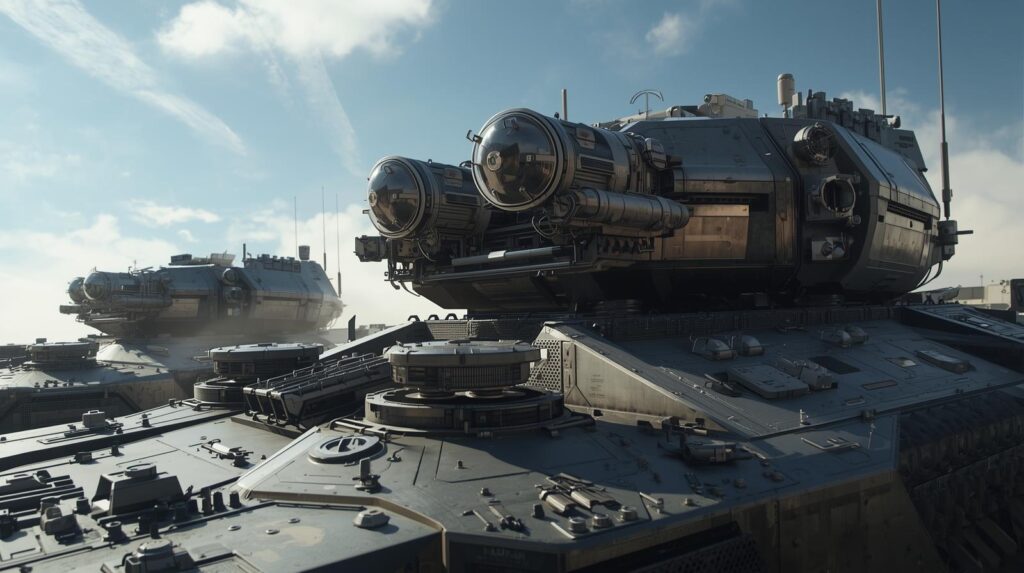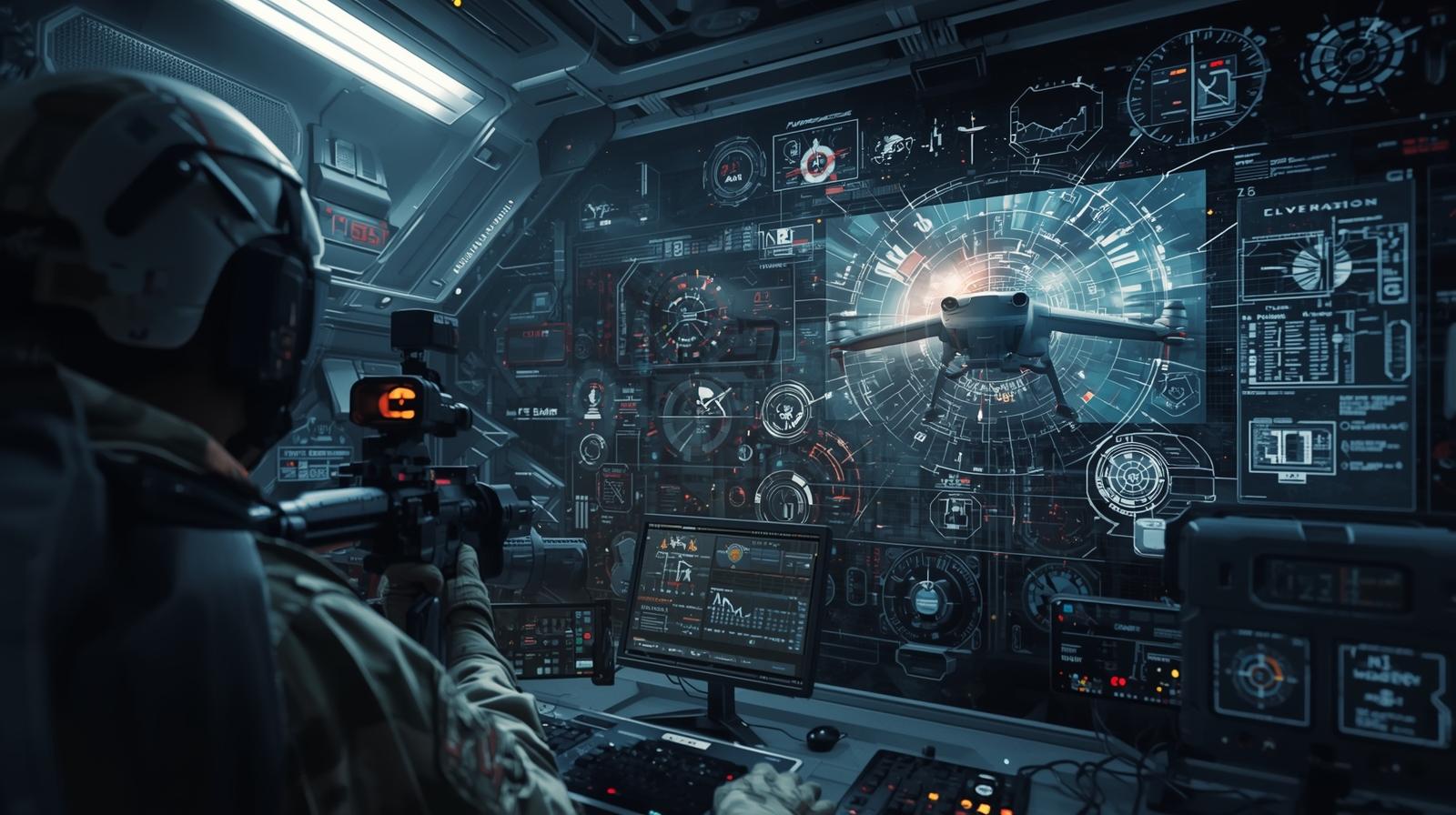Technology has long been a cornerstone of military and defense strategy, shaping the way nations protect their sovereignty and maintain global stability. In the United States, technological innovation is a driving force behind the modernization of defense capabilities, enabling the armed forces to respond more effectively to emerging threats while minimizing risks to personnel. The integration of cutting-edge technology into military operations is redefining defense in the 21st century, blending science, engineering, and strategic thinking to secure the nation’s future.
One of the most significant impacts of technology in the military sector is the advancement of intelligence, surveillance, and reconnaissance (ISR) capabilities. Unmanned aerial vehicles (UAVs), commonly known as drones, equipped with high-resolution cameras and sensors, provide real-time data collection over vast areas without endangering human lives. These systems enhance situational awareness and decision-making on the battlefield, allowing commanders to monitor enemy movements, assess risks, and coordinate responses with unprecedented precision.
Cybersecurity has become a critical domain in military defense, reflecting the growing reliance on digital systems and networks. Sophisticated cyber tools and defensive measures protect sensitive information, communication channels, and critical infrastructure from cyberattacks by adversaries. The U.S. Department of Defense invests heavily in cyber defense technologies to detect, deter, and respond to cyber threats, recognizing that modern warfare increasingly extends beyond physical battlefields into cyberspace.

Artificial intelligence (AI) and machine learning technologies are transforming military operations by providing enhanced data analysis, predictive modeling, and autonomous systems. AI-powered platforms can process vast amounts of intelligence data rapidly, identifying patterns and potential threats that might elude human analysts. Autonomous vehicles, including land, sea, and air systems, are being developed to conduct reconnaissance, logistics, and combat missions with reduced risk to human operators.
Advanced weaponry and defense systems have also benefited from technological innovation. Precision-guided munitions enable targeted strikes that minimize collateral damage, while hypersonic missiles offer unprecedented speed and maneuverability. Innovations in materials science contribute to the development of lightweight, durable armor and stealth technology, enhancing the survivability of personnel and equipment.

Communication technology is vital for effective coordination and command in military operations. Secure, high-speed communication networks allow seamless connectivity among units in diverse and challenging environments. Satellite communication systems ensure global reach, supporting real-time information sharing and command execution even in remote areas.
Simulation and virtual reality (VR) training platforms are revolutionizing military preparedness by providing realistic, immersive environments for soldiers to develop skills and practice tactics. These technologies reduce training costs and risks while enhancing readiness by exposing personnel to a wide range of scenarios that would be difficult to replicate in the real world.
The integration of technology in logistics and supply chain management improves the efficiency and resilience of military operations. Automated systems track equipment and supplies, optimize delivery routes, and predict maintenance needs, ensuring that forces are well-equipped and supported during missions.
Research and development efforts in military technology are supported by collaborations among government agencies, defense contractors, and academic institutions. This ecosystem drives continuous innovation, allowing the U.S. to maintain technological superiority and adapt to evolving security challenges.
Ethical considerations and international regulations guide the development and deployment of military technologies. Balancing innovation with responsible use is essential to prevent misuse and maintain global stability. Transparency, accountability, and compliance with international law remain fundamental principles in military technology development.


